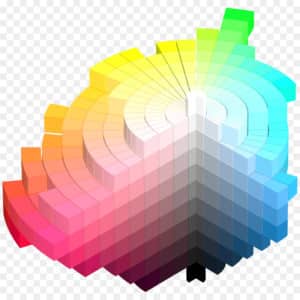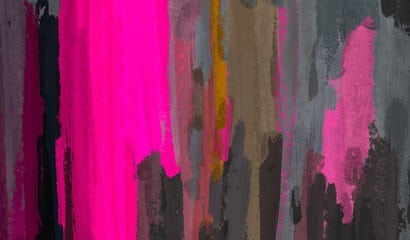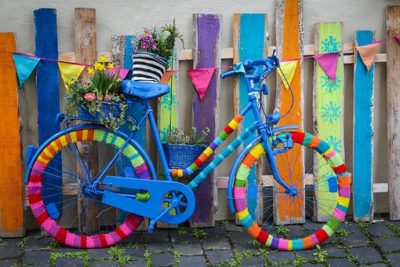Colour - What Can You Learn?

Hues – ( the hue is the simplest name for a colour in laymans terms – orange, blue etc the colours in the spectrum ) these change as you move around the centre of the model shown left.
Value – ( the dark or lightness of a colour ) these change from top to bottom.
Chroma – (described as the brightness, purity or intensity of colour, i think of this as pastel colour at one end of the scale and saturated vivid colours at the other end of the scale) this changes as you move from the centre outwards.
Colour Theory
Sounds boring?
It doesn’t have to be!
This is a fascinating subject and one that by learning a few simple rules can have a huge impact on your work, helping you improve in leaps and bounds.

Suzie Baker
The wonderful Suzie Baker does an absolutely fantastic job of explaing colour theory.


Octanics
We all recognise the colour wheel from infant school, for example red and yellow make orange right? right, but depending on which yellow and which red you use can give you a brighter or duller orange. See ‘Octanics’
Greys and Neutrals
Colour Contrast – Make your focal point jump out at you.
Definately not to be overlooked is the beauty and importance of greys and neutrals in a painting. Setting your colourful subject against a grey or neutral background will give your painting impact.


Colour Temperaure
Warm and Cool colours = Red is warm, Blue is cool, Blue will recede and red will come forward, helping you create the illusion of depth within your painting.
Colour Wheels
There is more to colour wheels than you may think, these are not just for kindergarden but are an essential aid for mixing bright colours and neutrals.


